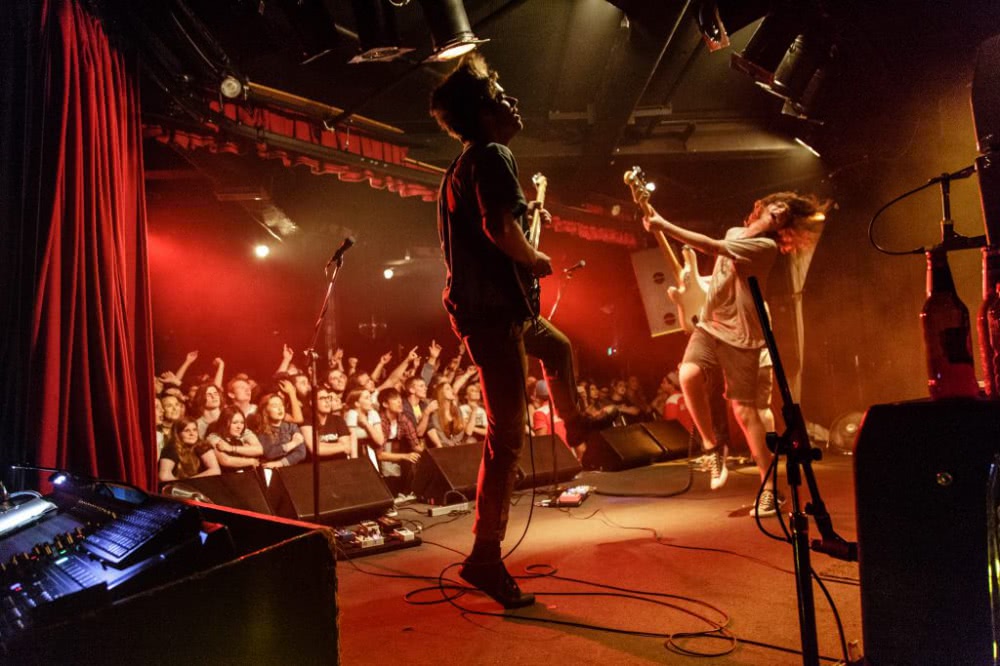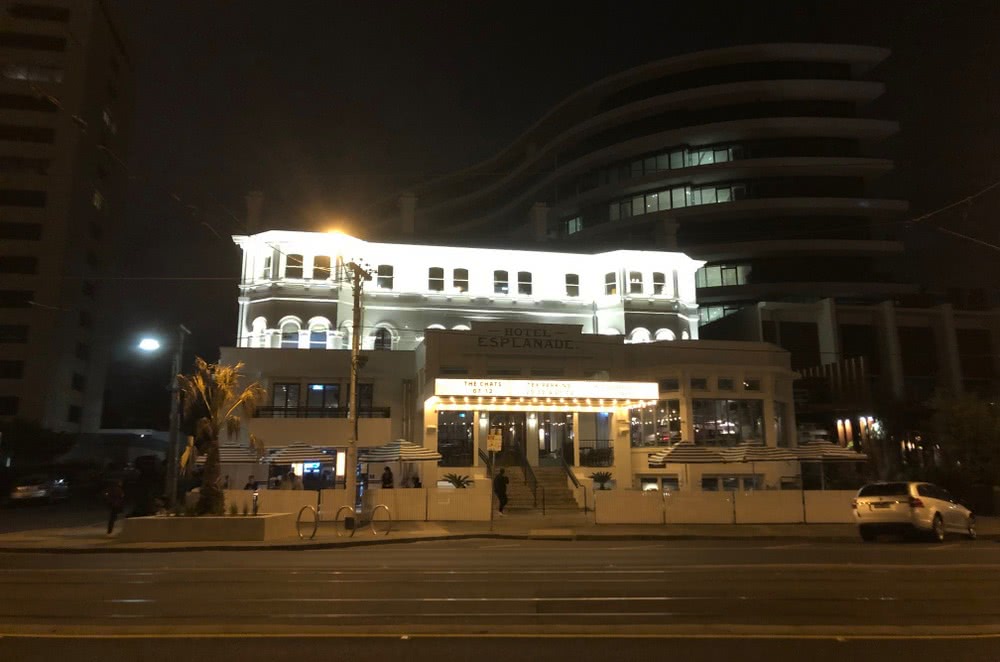How Victoria took the lead from NSW as the biggest live music state

New figures from Live Performance Australia show that NSW has been deposed as the live music state of Australia – and executives in Victoria have strong ideas on why their state has overtaken its northern neighbour.
Among them are how strong government investment through its $22.2 million Music Works package has created a culture of confidence in actively supporting new talent, and a strong circuit of community radio stations which create an atmosphere of discovery.
Figures for 2018 released this week by LPA show that NSW was beaten in terms of ticket revenue by both Victoria and Queensland.
“NSW is no longer the premier state for live music, and is rapidly losing ground to Victoria and Queensland for growth in attendance and revenue,” says LPA chief executive Evelyn Richardson.
“Sydney’s lock-out laws, a shortage of live music venues and the uncertainty created by the government’s music festival regulation fiasco have undoubtedly turned down the volume on live music performance in NSW.”
According to LPA, around 10 million tickets were sold in the contemporary music sector, turning over $1 billion in revenue
Music festivals shifted 975,000 tickets with revenues of around $102 million.
Ticket attendance for contemporary music doubled in Victoria compared to NSW between 2017 and 2018.
Victoria grew by 864,143 and NSW by 441,484.
Contemporary music revenue in Victoria was over double that of NSW ($151.1 million compared to $70 million).
Revenue grows north down south

Revenue in Victoria has grown by 194% since 2015, compared to growth of 122% in NSW.
Richardson notes, “Music promoters are reporting that show counts and attendances in Sydney are now being significantly outstripped by Melbourne.
“Queensland has charged ahead for growth in revenue from music festivals, up by 89% between 2015 and 2018.
“Of the three states, NSW recorded the lowest growth in combined revenue for contemporary music and music festivals (88% compared to 176% for Victoria and 110% for Queensland) between 2015-2018.
“Combined attendances for contemporary music and music festivals grew by 103% in Victoria between 2015 and 2018, compared to 63% for Queensland, and 55% in NSW.”
Melbourne-based musician and academic Dobe Newton, who was project manager of the second Melbourne census (released last year by Music Victoria and the City of Melbourne and covering Saturday November 25, 2017) offers another reason for NSW’s decline.
“It’s always been overly-reliant on licensed clubs, where all the pokies are, and those don’t feature as much live music as they used to.
“These clubs are cyclical in terms of their support for live music.
“It was very high in the ‘80s but today there’s a tendency to book cabaret and heritage acts.”
Newton suggests that NSW’s decline is probably steeper than LPA figures.
“No one, especially musicians, will take any joy in the reported decline in the NSW live music market,” he suggests.
“Bearing in mind that Live Performance Australia basically reports information from major ticketing agencies and presenters and large venues, the decline is likely to be even more dramatic.
“The recent NSW Parliamentary Inquiry into live music heard from APRA AMCOS and other reliable sources that at least 200 small venues in Sydney have either closed or ceased live music operations in the last two to three years due mainly to the lock-out laws.
“An idea that Victoria abandoned some years ago. Thankfully!”
Census making sense

The Espy by night
The census showed Melbourne had more live music venues per capita than any other city in the world, there was a 21% rise in the number of venues since the first census in 2012, and 55% of venues revealed their crowds had grown in the five-year period.
The city’s live music generated $1.4 billion in 2017, up 16% from 2012.
Musicians and execs talk about the continual buoyancy of the Melbourne live scene, with a culture of audiences and venues willing to take a chance on new talent.
Artist manager Alan Evers-Buckland emphasises, “Melbourne’s got a great set of venue operators and agents, and they just take risks on unknown artists and emerging trends.”
He notes that when his act, singer songwriter Abbey Stone was still in her teens and before solo acts became chic, she was regularly getting bookings as she honed her craft.
“That kind of support gives you the confidence, as it did to Abbey, to go to Nashville and Los Angeles to record, and her new single ‘Badlady’ looks like it’s set to be a crossover.”
Dave Novak of The Polish Club earlier pointed out, “Melbourne’s the only place in Australia where a band can go from busking to selling out five Corner Hotels within a year, without being able to sell a single ticket outside of Melbourne.
“People obviously have a different, more involved way of viewing live music there and we’ve experienced it with things like being offered 2am slots at small venues, which is something that would literally never happen in Sydney.”
This was substantiated in the Victorian Music Development Office’s VMDO Music Consumer Insights, which found that Victorians had the greatest desire in any state to see local acts, with 56% actually preferring them to international names.
In the meantime, the LPA’s Richardson uses the negative figures for NSW to deliver a warning for the state’s authorities.
“Increasingly, a much bigger share of growth in revenue and attendance is going to Victoria and Queensland at the expense of NSW.
“That’s bad for artists, bad for their fans and bad for the state’s economic and cultural vibrancy. Everyone who has a stake in a strong live music industry needs to be concerned about what’s happening in NSW.
“And when our most populous city and state is underperforming, that can also impact the rest of the Australian market, particularly for international artists.
“As the NSW parliament considers the government’s latest music festival legislation, it needs to keep the consequences of poor regulation and policy at front of mind.”
This article originally appeared on The Industry Observer, which is now part of The Music Network.






























